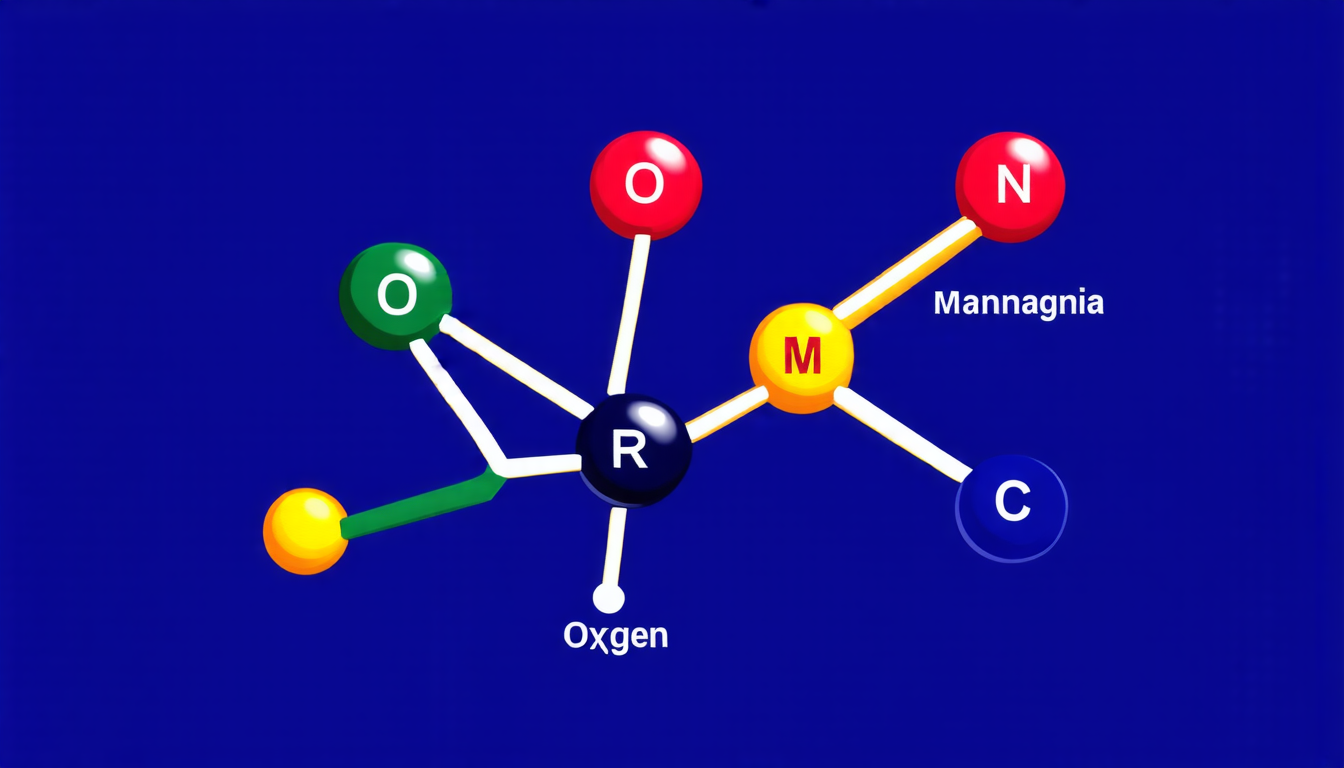Wednesday 09 April 2025
Scientists have made a significant breakthrough in understanding how certain materials can be created and controlled at the molecular level. This discovery has the potential to revolutionize the way we design and manufacture complex materials, such as those used in electronics and energy storage devices.
The research focuses on high-entropy oxides (HEOs), which are compounds that contain multiple elements, including oxygen. HEOs have gained attention in recent years due to their unique properties, such as being highly resistant to corrosion and able to withstand extreme temperatures.
One of the main challenges in creating these materials is understanding how the different elements interact with each other at the molecular level. The researchers used a combination of experimental techniques, including X-ray absorption fine structure spectroscopy (XAFS) and thermodynamic calculations, to study the properties of HEOs.
The team found that by controlling the oxygen chemical potential – essentially the amount of energy available for the elements in the material – they could manipulate the valence states of the individual atoms. This means that certain elements, such as manganese and iron, can be forced into a divalent state, where they have two electrons in their outermost energy level.
This discovery has significant implications for the development of new materials with unique properties. For example, HEOs with divalent manganese and iron could potentially be used to create more efficient solar cells and batteries.
The researchers also created a preferred valence phase diagram, which is a graphical representation of how the different elements interact with each other at various oxygen chemical potentials. This diagram can be used to predict the stability and synthesizability of HEOs, allowing scientists to design new materials with specific properties.
In addition to its applications in materials science, this research has implications for our understanding of thermodynamics and phase transitions. The study shows that by controlling the oxygen chemical potential, it is possible to manipulate the enthalpy of mixing – essentially the energy required to mix different elements together.
The discovery also highlights the importance of considering the chemical potential as a key factor in determining the properties of materials. This has significant implications for our understanding of phase transitions and the behavior of materials under different conditions.
Overall, this research represents an important step forward in our understanding of high-entropy oxides and their potential applications. The ability to control the valence states of individual atoms at the molecular level opens up new possibilities for designing and manufacturing complex materials with unique properties.
Cite this article: “Unlocking the Secrets of High-Entropy Oxides: A Breakthrough in Materials Science”, The Science Archive, 2025.
Materials Science, High-Entropy Oxides, Molecular Level, Valence States, Oxygen Chemical Potential, Thermodynamics, Phase Transitions, Enthalpy Of Mixing, Chemical Potential, Atomic Interactions







